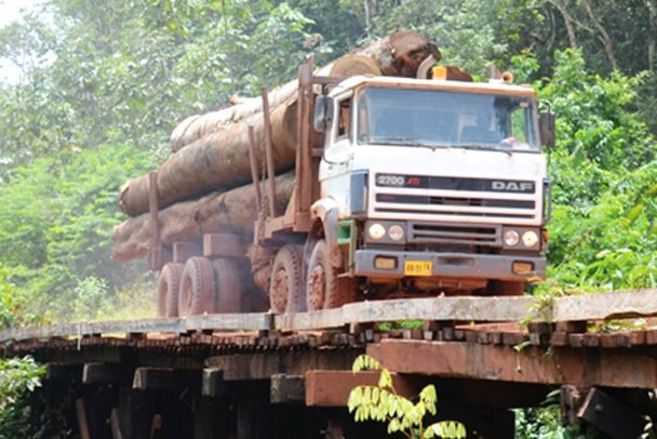The concept includes many different elements, such as tenure, participation, institutions, law enforcement and is understood as an increasingly important basis for sustainable forest management. Ecuador is one of the countries with the highest deforestation rates in South America. For the first time, we quantitatively assessed single governance key elements at landscape level, analyzed their interaction and their effect on deforestation in order to better understand how they work and in order to be able to provide recommendations for a sustainable land use policy. The study was carried out in collaboration with over 70 communities in tropical lowland rainforests in Ecuador. Deforestation was recorded using satellite images.
It was possible to show statistical relations between high participation and tenure security on one hand and reduced deforestation on the other. Direct drivers of deforestation such as agricultural land use, infrastructure and socio-economic factors, however, had a statistically stronger influence and should predominantly be considered. Mean governance in so-called Socio Bosque and indigenous reserves was higher than for communal or private areas (see figure); deforestation rates were lower there. This shows that under stable governance conditions, compensation payments for forest protection can work and that it can be worthwhile to support traditional protected areas.
- Fischer R, Tamayo Cordero F, Ojeda Luna T, Ferrer Velasco R, DeDecker M, Torres B, Giessen L, Günter S (2021) Interplay of governance elements and their effects on deforestation in tropical landscapes: Quantitative insights from Ecuador. World Dev 148:105665, DOI:10.1016/j.worlddev.2021.105665PDF Dokument (nicht barrierefrei) 1367 KB







